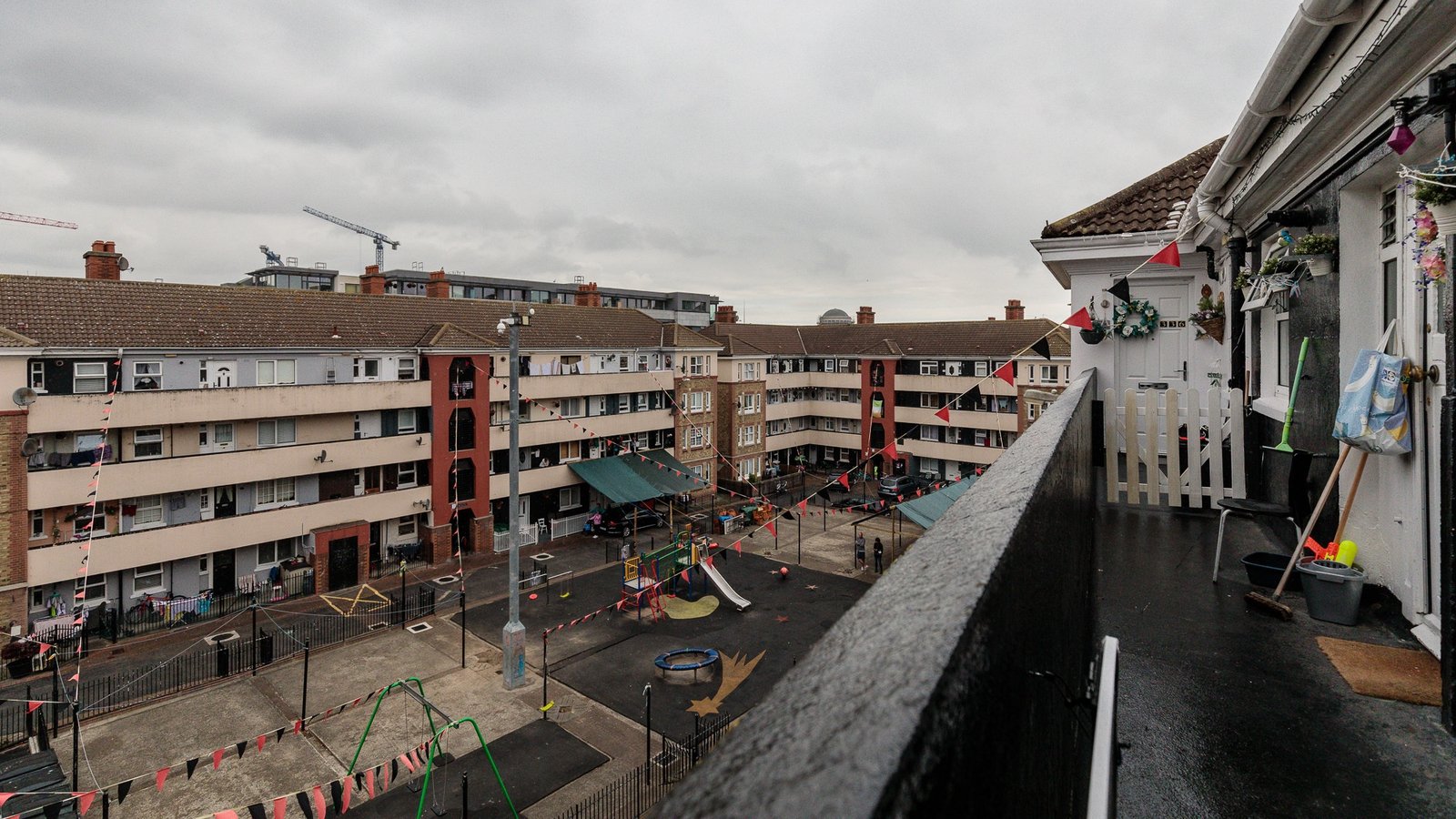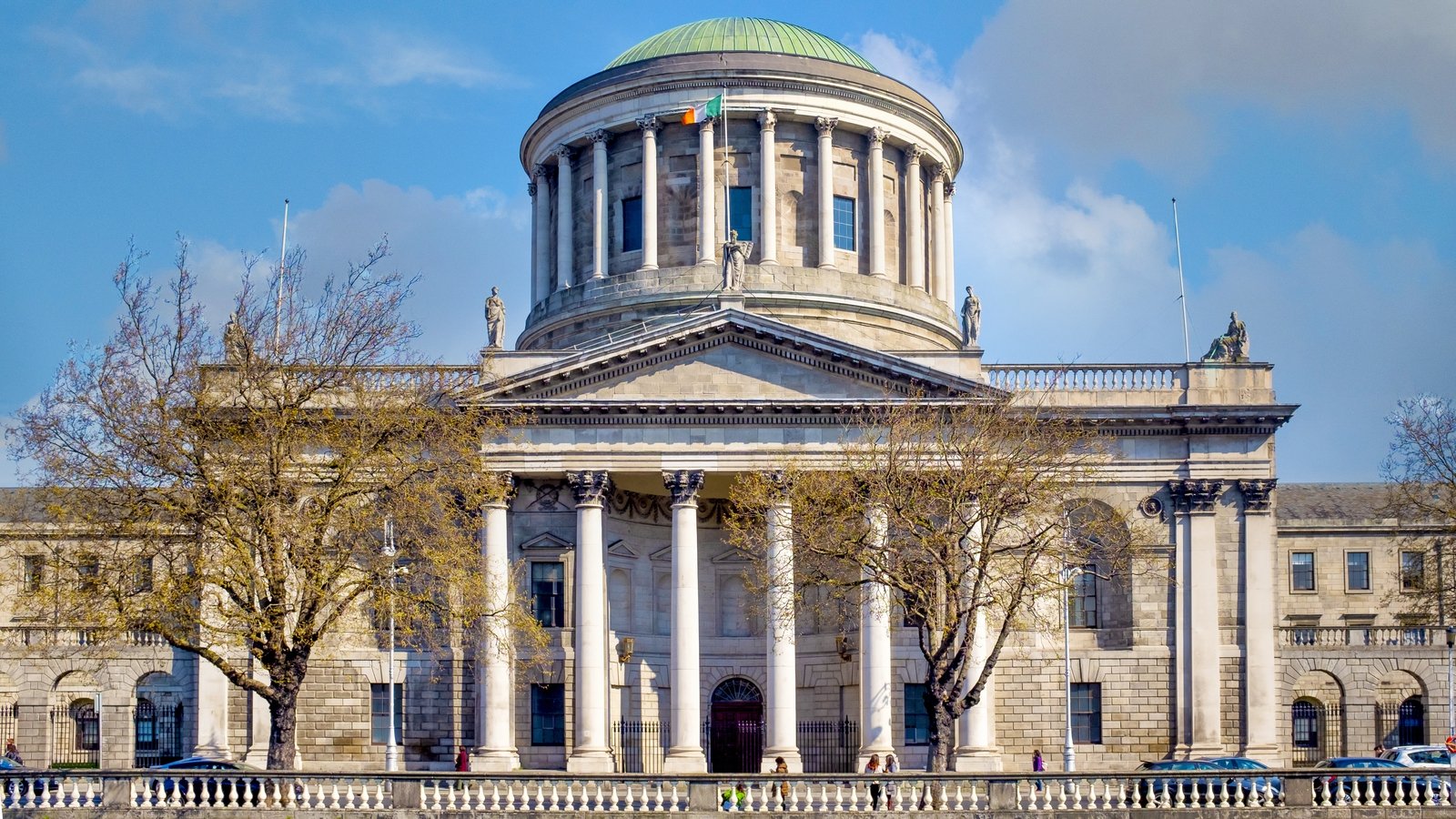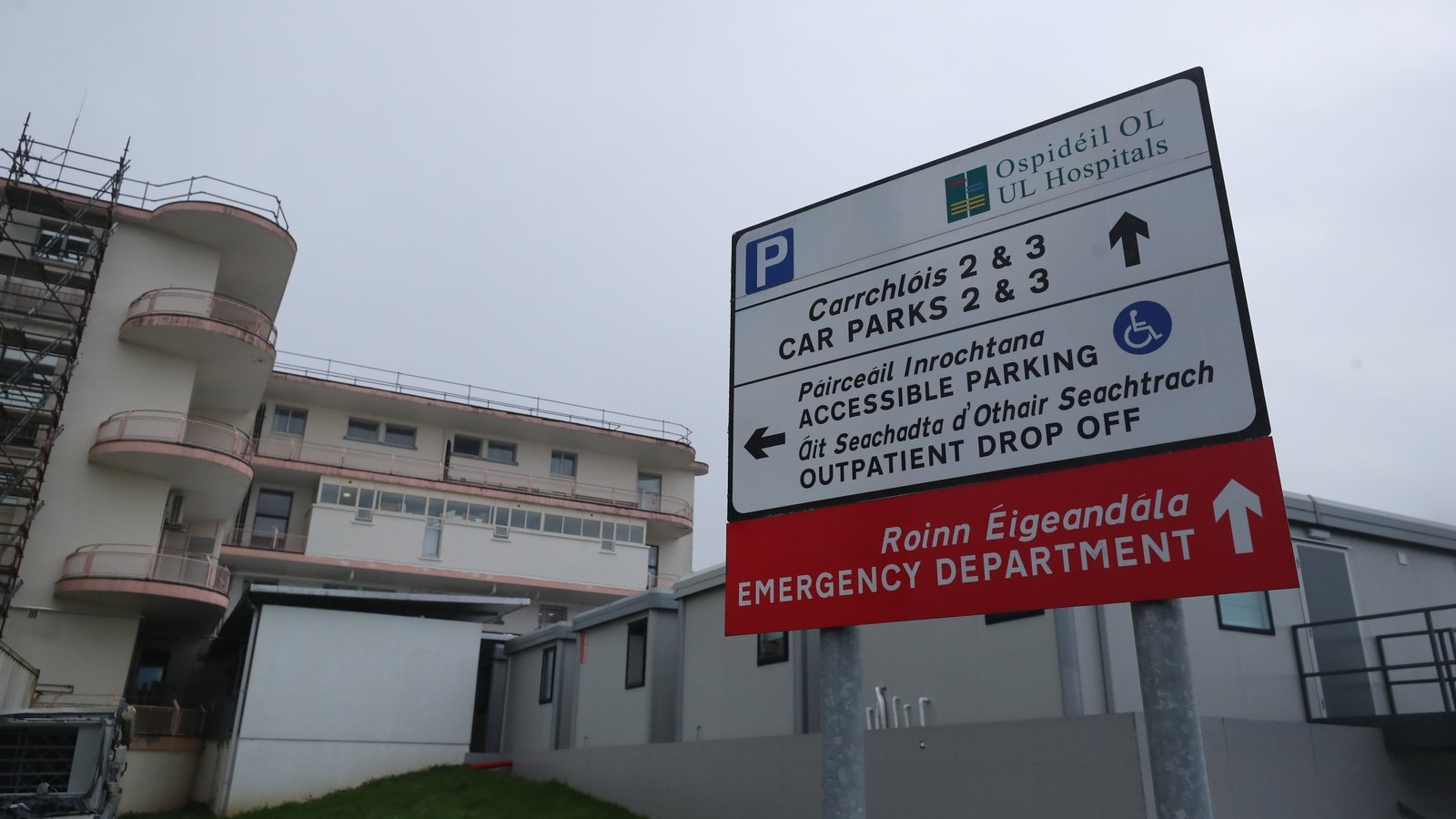OBH residents living with ‘considerable damp and mould’

A new report has found that residents of Oliver Bond House in Dublin city centre have around double the levels of respiratory illness, compared to other parts of Dublin 8.
The authors say that while no definite conclusion can be made, a range of academic studies suggest a direct correlation between higher incidences of asthma and poor physical environmental conditions.
The findings from data from family doctors in the area also takes account of whether people had a medical card or not.
Oliver Bond House was built in 1936 and the flat complex is situated between the River Liffey and the Liberties in the south west inner city of Dublin.
There are 391 flats in 14 blocks.
The ‘Report on Respiratory Health Among Residents of Oliver Bond House’ is from the TCD School of Medicine, in partnership with the Robert Emmet Community Development Project (CDP).
Residents say that the estate is in serious decline.
Gayle Cullen, Chairperson of the Oliver Bond Residents’ Group, said that people are literally sick waiting, physically and mentally.
“People are living with considerable damp and mould,” he said.
“Most of the windows are ill-fitting, old and draughty. It’s impossible to keep the flats warm which puts an extra cost on residents along with the health burden.
“Older people and children particularly are really vulnerable to the effects of the cold, damp and mould spores.”

Plans for a regeneration project were announced in October 2021 but residents say there has been little progress.
Previous research by the Robert Emmet CDP in 2021 found that 83% of residents live with damp and mould, 74% have drafts and poor insulation, 35% have sewage problems and 34% have pest infestation.
Campaigners says the two reports to date, show that the residents have more recorded asthma than others living locally, and that they report housing conditions that other studies have shown to cause respiratory ill health.
The authors of the latest report say the aim is to describe the distribution of health problems and services in local communities.
They say it does not prove that the housing conditions reported by residents at Oliver Bond House are causing asthma.

In statement to RTÉ News, Dublin City Council said that the redevelopment of Oliver Bond House is a priority.
The council said that the aim of the regeneration of Oliver Bond House is to make a positive intervention to the existing buildings to improve the quality of the living standards of the residents while respecting its architectural merits.
It said that as part of the redevelopment of the existing homes, all homes will receive thermal upgrades to include both external and internal insulation and controlled ventilation and heat pumps, while their sizes will be increased to meet the current space standards.
These interventions will provide spacious, warm, dry and healthy homes, the council said.
DCC said the complex is fully tenanted and given its size and the scale of the regeneration it will be necessary to complete the regeneration plan over a number of phases.
The council said it will consider every opportunity to shorten and alleviate the timescale.
The first phase for redevelopment is the amalgamation of Blocks L, M and N and will also provide for additional homes by way of infill.
DCC said that in the interim, it has been undertaking works to improve living conditions of the residents as well as the structure of the complex.
Read more: What are the health implications of poor social housing in Dublin?





